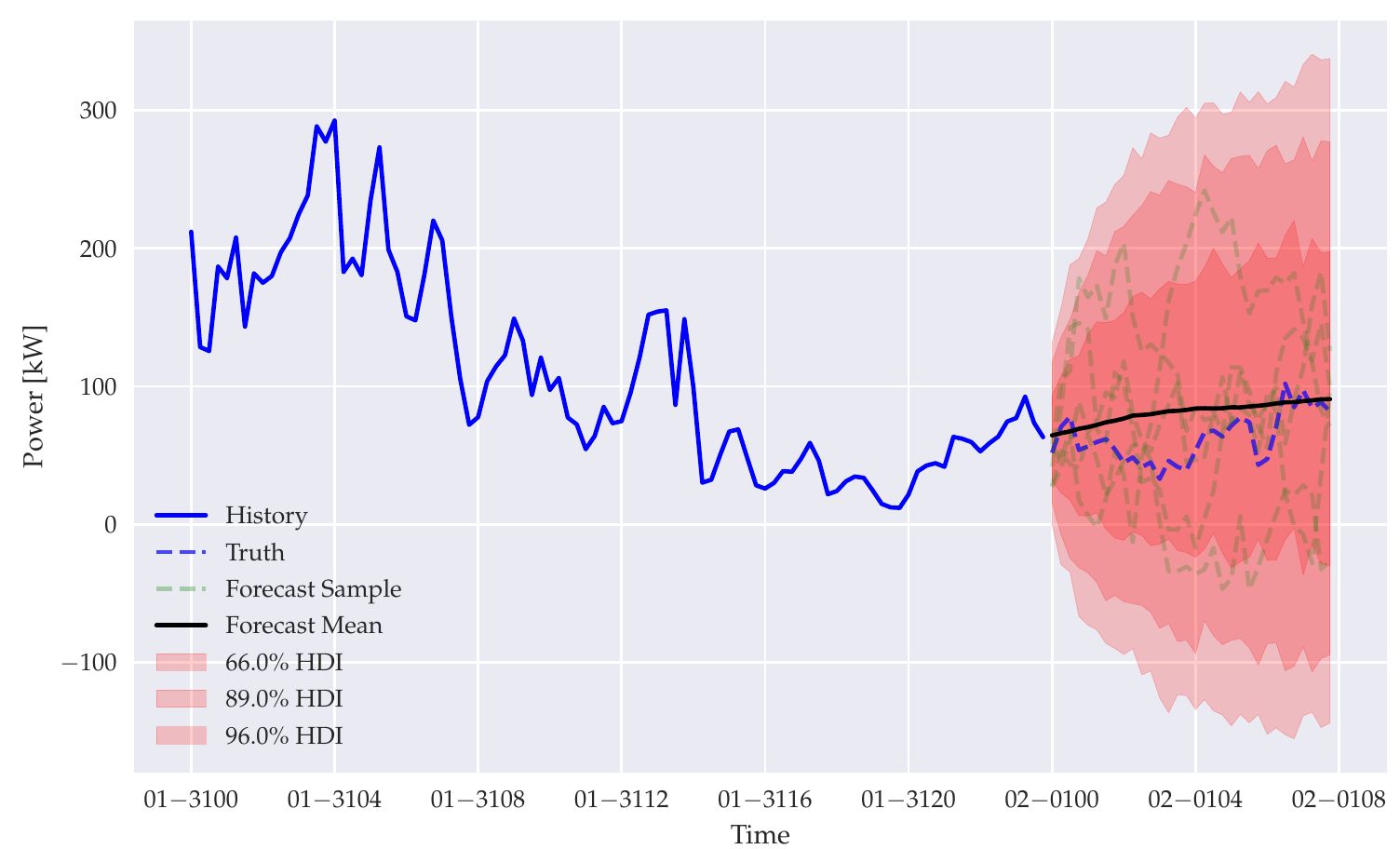Tagged with: Python
PROPOSAL
Outlier detection in IoT devices
Outlier detection is carried out when the information is stored at the server. However, with the new IoT computational capabilities, outlier detection can be developed locally. Therefore, it is necessary to know how much RAM/Flash is needed for this step and which IoT brands can handle it. This project is divided into two parts. The first is implementing light-heavy ML algorithms in single points …
Supervisor: Paul Rosero
Semester: Spring 2022
Tags: data analysis, IoT, Python, Embedded systems
PROPOSAL
tinyML everywhere
TinyML is a new trend to deploy deep learning in tiny devices. Therefore, it is necessary to deploy several applications to understand the challenges and opportunities which tinyML brings us. In this scenario, any idea with embedded computer vision, voice recognition, and sensors are welcome.
Supervisor: Paul Rosero
Semester: Spring 2022
Tags: data analysis, IoT, Python, Embedded systems, Computer vision, Voice recognition
PROPOSAL
15-minutes cities visualisation
The idea behind “15-minutes cities” is that within a short walk or bike ride people should have access to all necessary facilities that constitute the essence of urban living, such as parks, shops, cafes, schools, hospitals. Initiatives to transform cities according to this paradigm are currently being implemented across the world, in an attempt to make urban spaces more liveable, …
Supervisor: Maria Astefanoaei
Semester: Fall 2021
Tags: spatial data analysis, visualisation, Python, OSM data
PROPOSAL
Algorithms for data-aware cycling network expansion
As a response to increased traffic congestion and the need to reduce carbon emissions, cities consider ways to modernise, build and extend transit systems. Transit network design solutions can benefit from analysing the large amount of crowd-sourced location data available, which provides valuable insights into population mobility needs. Designing efficient metro lines, bicycle paths, or bus …
Supervisor: Maria Astefanoaei
Semester: Fall 2021
Tags: spatial data analysis, network design, Python, OSM data
PROPOSAL
Graph summaries of accessibility maps
The idea behind “15-minutes cities” is that within a short walk or bike ride people should have access to all necessary facilities that constitute the essence of urban living, such as parks, shops, cafes, schools, hospitals. Initiatives to transform cities according to this paradigm are currently being implemented across the world, in an attempt to make urban spaces more liveable, …
Supervisor: Maria Astefanoaei
Semester: Fall 2021
Tags: spatial data analysis, graph summaries, Python, OSM data
PROPOSAL
Music genre embeddings
Musical genres are inherently ambiguous and difficult to define. Even more so is the task of establishing how genres relate to one another. Yet, genre is perhaps the most common and effective way of describing musical experience. The number of possible genre classifications (e.g. Spotify has over 4000 genre tags, LastFM over 500,000 tags) has made the idea of manually creating music taxonomies …
Supervisor: Maria Astefanoaei
Semester: Fall 2021
Tags: scalable algorithms, hyperbolic embeddings, Python, Spotify data
PROPOSAL
Spatiotemporal dependencies in wind energy production
The integration of wind power in the energy grid is dependent on accurate production forecasts. The power output curves between neighbouring wind farms are often correlated temporally and spatially, but currently, these spatiotemporal dependencies are under-utilised in prediction models. Graph neural networks allow for modelling these dependencies. In this project the student will implement a …
Supervisor: Maria Astefanoaei
Semester: Fall 2021
Tags: spatial data analysis, graph neural networks, Python, timeseries data

PROPOSAL
Evaluating AutoML for Forecasting Domestic Electricity Data
With the recent hunger for being “data driven”, many organizations are eager for integrating ML in there decision making process. Unfortunately, competent data scientists are still relatively scarce, and manual model development cannot keep up with the demand for magic AI solutions. This is no less true when it comes to forecasting. Knowing the future is extremely handy when making …
Supervisors:
Niels Ørbæk Chemnitz
Semester: Spring 2021
Tags: AutoML, ML, Forecasting, Energy Data, Smart Meters, Python, Data Science, Time Series Data

PROPOSAL
Disaggregation of Domestic Electricity Data
How much does our smart meter readings disclose about us? Can we disentangle the oven from the washing machine from the kettle? Can we identify demographics and behavior patterns from the stream of electricity data?
Most danish homes are now equipped so-called “smart meters” - networked electricity meters that report consumption and load at much higher rate than conventional meters. …
Supervisors:
Niels Ørbæk Chemnitz
Semester: Spring 2021
Tags: NILM, ML, IoT, Energy Data, Smart Meters, Python, Data Science, Time Series Data